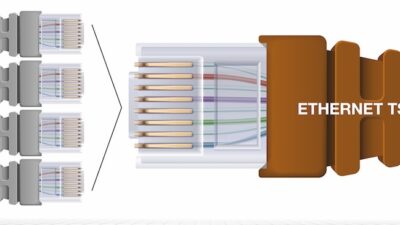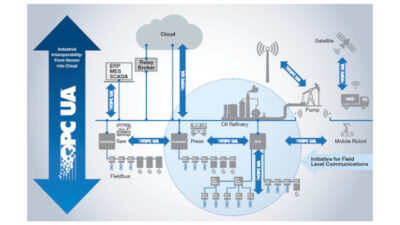The International Electrotechnical Commission (IEC) has accepted Ethernet Powerlink (EPL) as a publicly available specification (PAS), which puts the real-time, industrial Ethernet protocol on track for approval as an international standard. The Industrial Automation Open Network Association (IAONA) has submitted EPL's specifications to IEC SC65C as a real-time, in...
The International Electrotechnical Commission (IEC) has accepted Ethernet Powerlink (EPL) as a publicly available specification (PAS), which puts the real-time, industrial Ethernet protocol on track for approval as an international standard. The Industrial Automation Open Network Association (IAONA) has submitted EPL’s specifications to IEC SC65C as a real-time, industrial Ethernet communication profile.
The Ethernet Powerlink Standardization Group (ESPG) reports that 96% of IEC’s national committees voted in favor of EPL. All but one of the 25 countries voting on the proposal immediately accepted the proposal. At the same time, the IEC’s subcommittee approved the specification as a new work item.
The organization adds this is an important step for EPL towards becoming part of the IEC 61784-2 standard, which is presently under development. IEC 61784-2 is defined as “Digital data communications for measurement and control—Part 2: additional profiles for ISO/IEC 8802-3 based communication networks in real-time applications.” EPSG and its partners also will reformat EPL’s specification to be integrated into the next revision of the IEC-61158 fieldbus standard.
ESPG adds that one of EPL’s major advantages is that it can be implemented on any standard Ethernet hardware and chip. EPL reportedly is the only real-time industrial Ethernet solution with microsecond speed and precision, which doesn’t need support through proprietary hardware components or ASICs. More than 60,000 EPL-enabled devices already are in use, mostly in complex automation applications.


